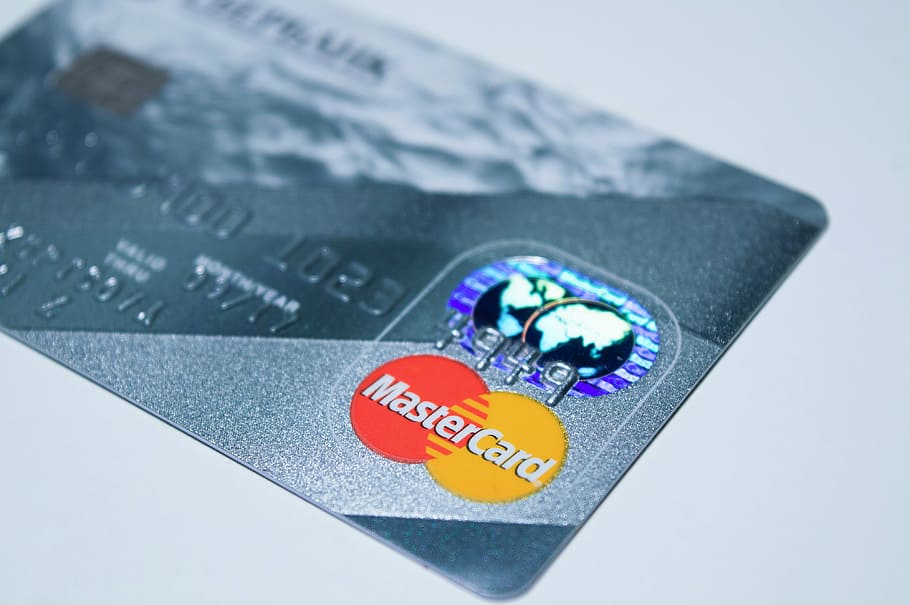According to Mastercard latest Recovery Insights report, consumers spent nearly $900 billion at online retailers in 2020 as Covid-19 forced mobility constraints and new ways of getting goods and services.
As retailers made the switch to digital, e-commerce accelerated across the world in 2020.
Mastercard predicted that 20% to 30% of the $900 billion growth in revenue will extend into 2021 and beyond.
Being able to sell online offered a much-needed lifeline for retailers, restaurants, and other companies large and small as in-person customer shopping was halted.
However, important retail sectors like grocery and convenience stores, which had the lowest digital share prior to the crisis, saw some of the most significant gains.
According to the report, global cross-border e-commerce spending increased by about 25% to 30% between March 2020 and February 2021.
“E-commerce allowed consumers’ dollars to fly far and wide while they were stuck at home,” says Bricklin Dwyer, Mastercard chief economist and head of the Mastercard Economics Institute. “This has far-reaching consequences, with countries and businesses that have made digital a priority continuing to reap the benefits. Our research shows that even the smallest companies profit from a digital transformation.”
The report identifies several main trends:
Early adopters of digital technology go into overdrive: Economies that were more digital prior to the crisis, such as the United Kingdom and the United States, saw greater strides in the domestic transition to digital that seem to be more permanent than countries with a lower share of e-commerce prior to the crisis. Pre-crisis, e-commerce accounted for 22% of retail sales in the UK, growing to 31% at the height of the crisis. The current level is 24 percent, and we expect the 2 percentage point change to be irreversible.
Digital gains at groceries and discount stores appear to be sticky: As customers adapted, essential retail industries, which had the smallest digital share before the crisis, saw some of the biggest gains. Given the low pre-Covid user base and the emergence of new customer preferences, we expect 70-80 percent of the grocery e-commerce boom to last. As an example, one-fifth of all grocery shopping in the UK is now done online as a result of the lockdowns.
Consumers expand their online shopping footprints, purchasing from up to 30% more online retailers: Our research shows that customers around the world are purchasing from a larger number of websites and online marketplaces than they were previously. On average, people in the United Kingdom are purchasing from 22 percent more online retailers.
During the pandemic, international e-commerce increased by 25-30%: International e-commerce saw an increase in both sales volume and the number of countries from which customers placed orders. Consumer spending on international e-commerce increased by 25-30% year over year from March 2020 to February 2021, thanks to an endless number of options at their fingertips.
Last year, Mastercard unveiled Recovery Insights to help companies and governments better manage Covid-19’s health, safety, and economic risks.
Read More on Tech Gist Africa:
Artificial Intelligence is the future of Finance, According to a recent report by Oracle
Mastercard will add Cryptocurrency to its Network later this year.
